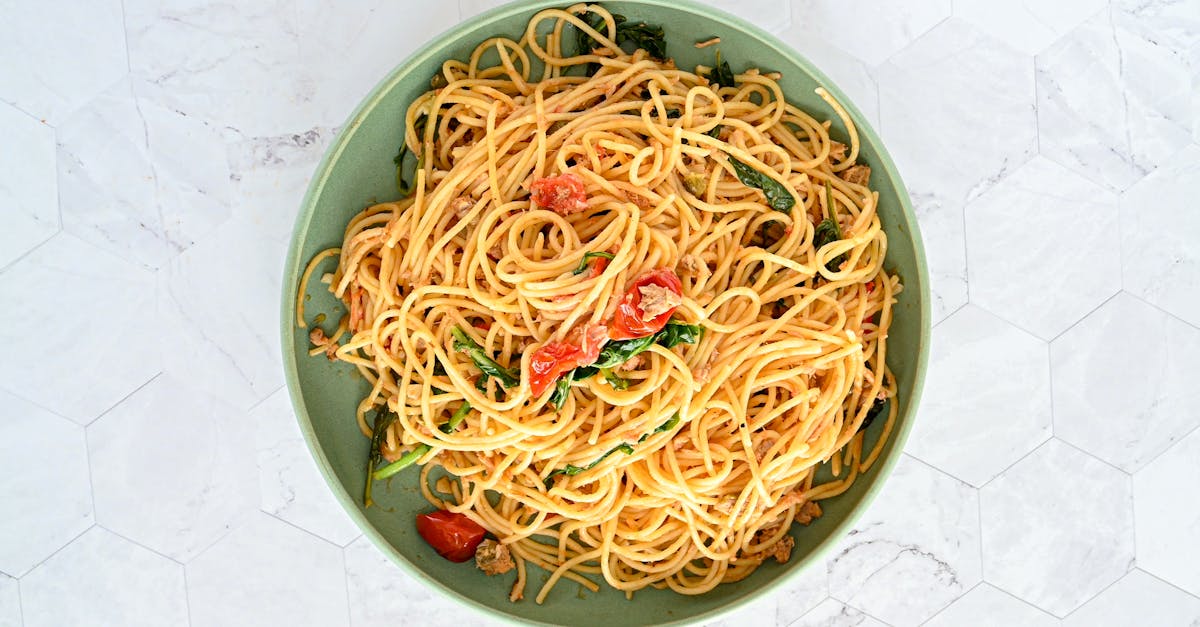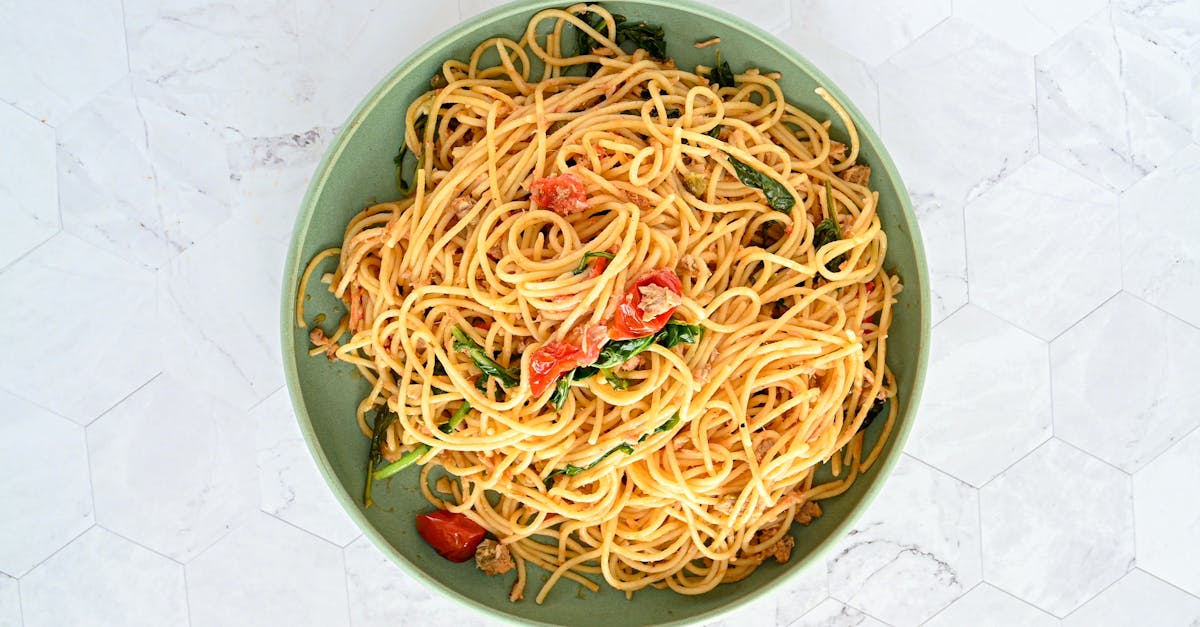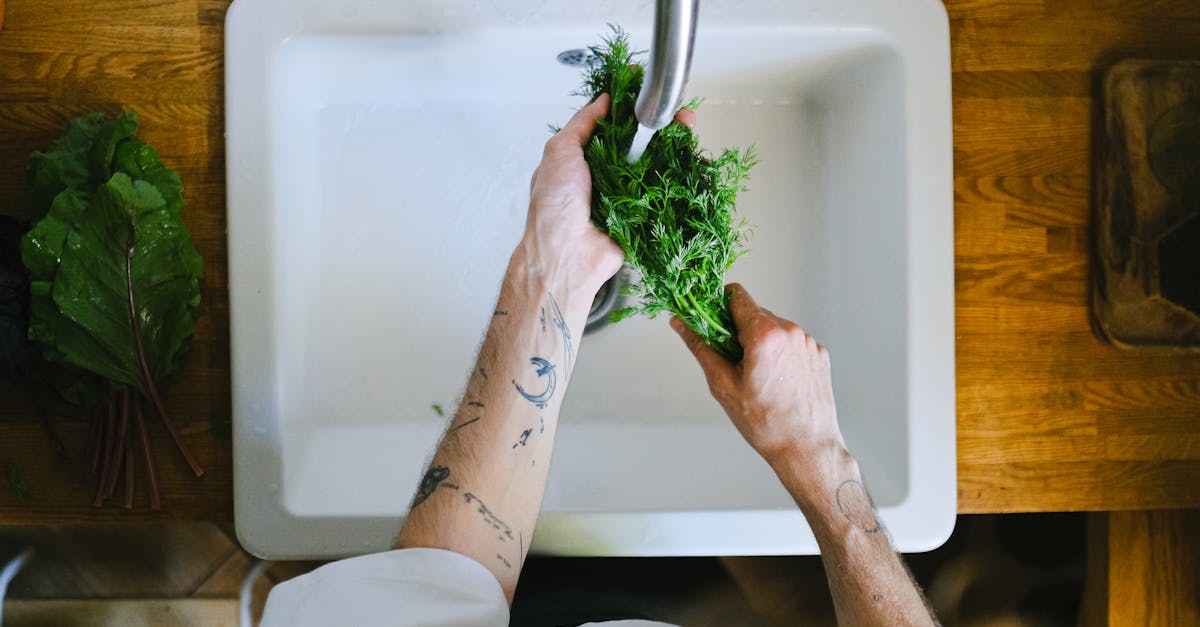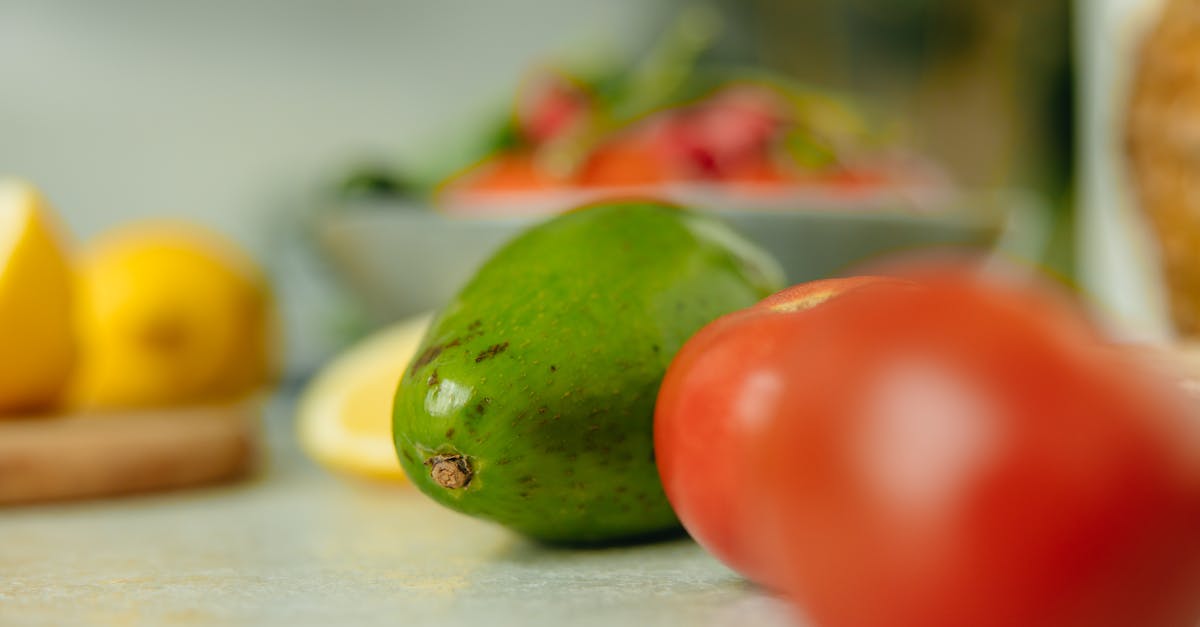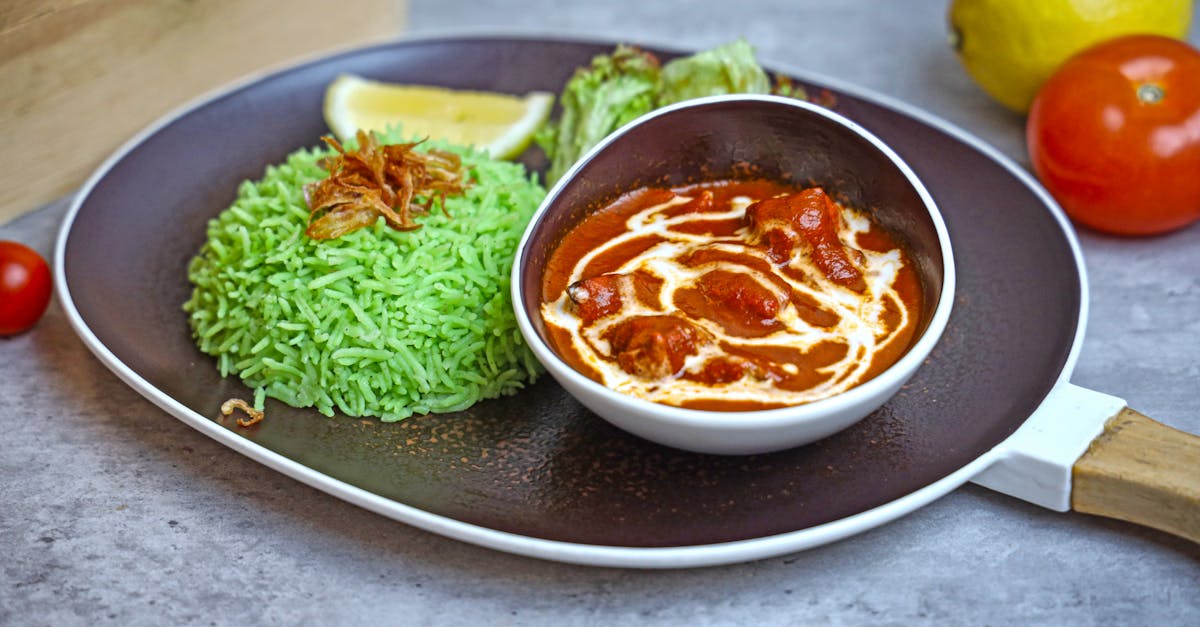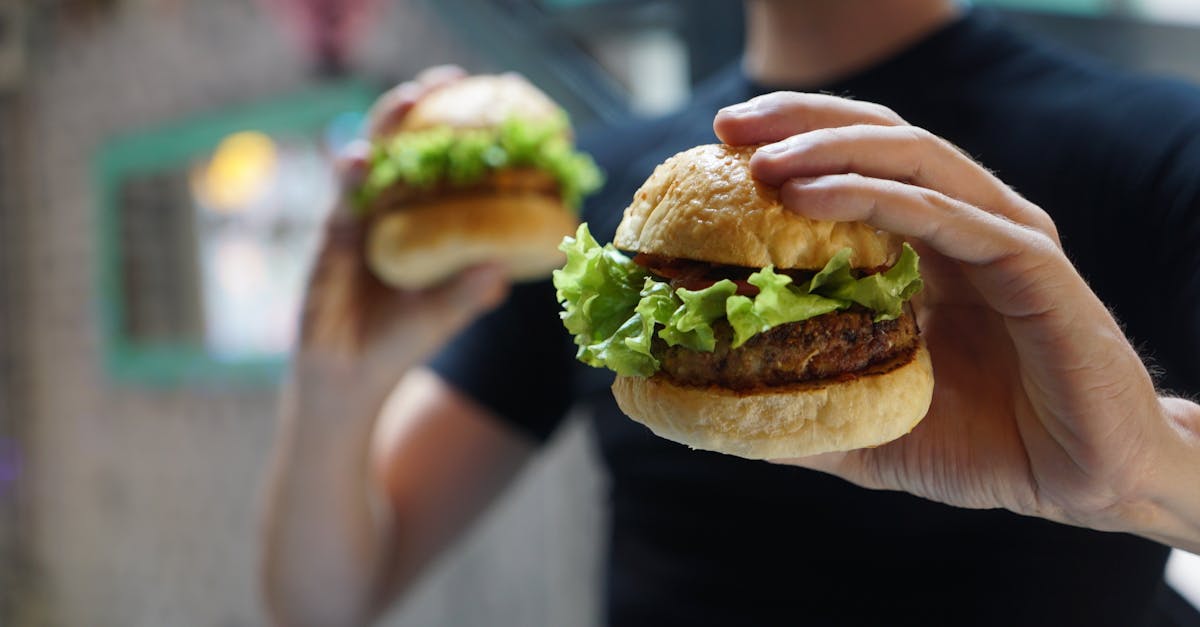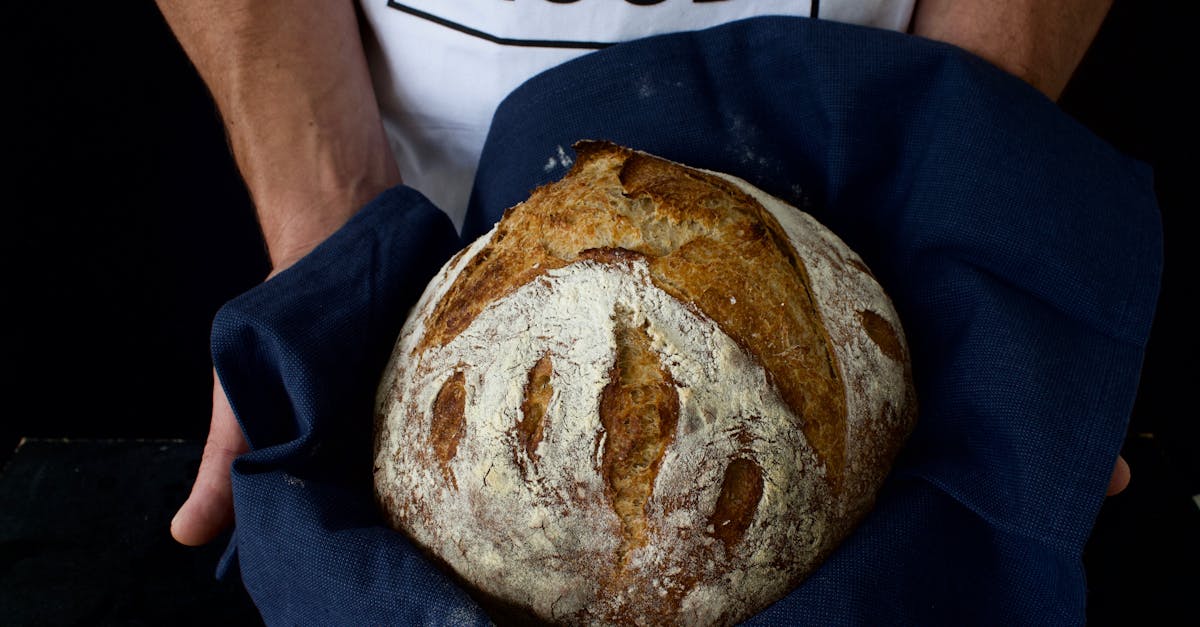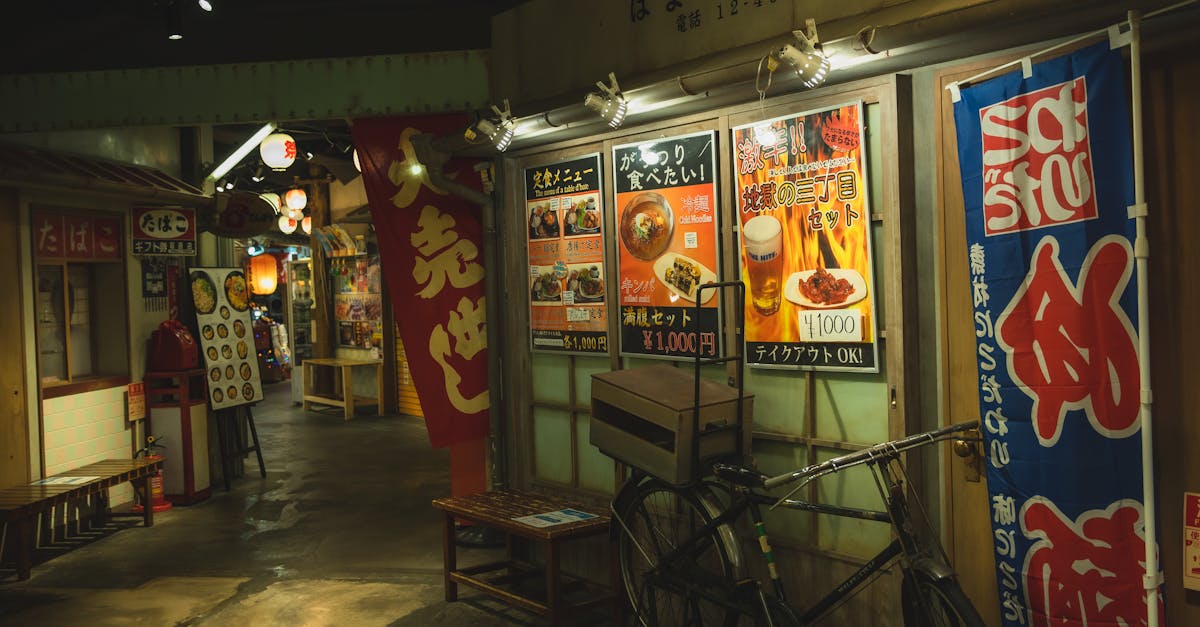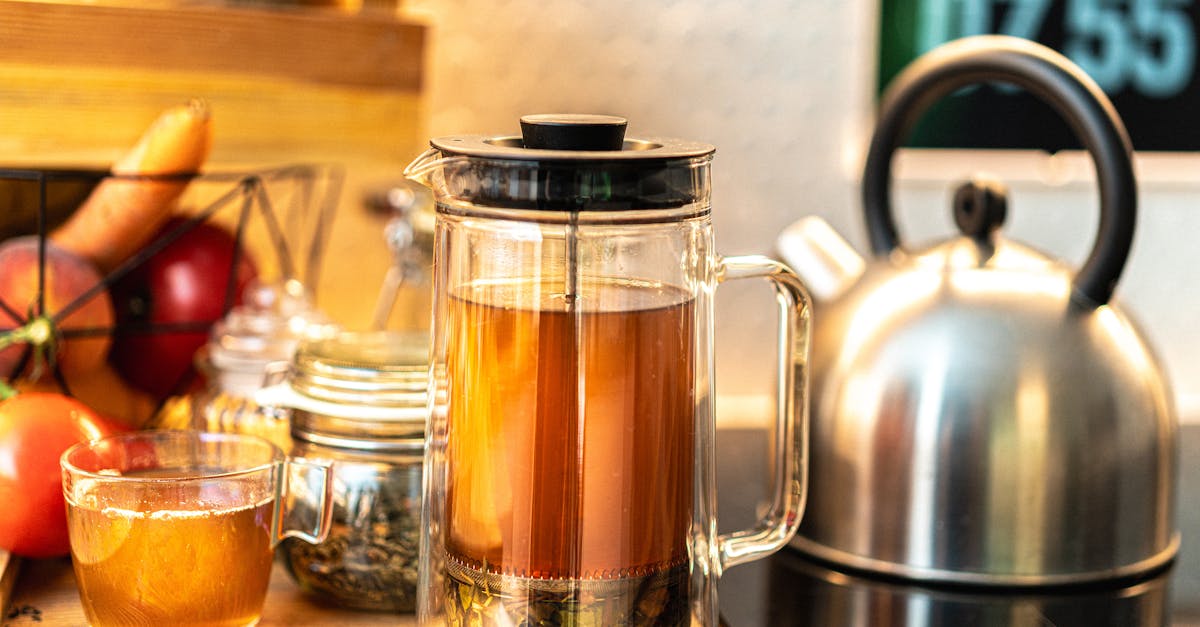How to Brew the Perfect Cup of Coffee
Introduction
The quest for the perfect cup of coffee is as much an art as it is a science. Whether you're a casual drinker or a true connoisseur, understanding the nuances of coffee brewing can elevate your experience. This article delves into the step-by-step process of making the best brew to start your day right.
Advertisement
Choosing Your Beans
The foundation of any great coffee begins with selecting quality beans. Arabica is renowned for its smooth flavor, while Robusta offers a stronger, more bitter taste. Consider the roast level too; light roasts preserve more of the bean's unique flavors, whereas dark roasts provide a richer, smokier experience. Knowing your taste preferences will help you choose the best beans.
Advertisement
Proper Storage
Once you've chosen your beans, proper storage is crucial to maintaining their freshness. Invest in an airtight container and store it in a cool, dark place to protect the beans from light, air, and moisture. Avoid storing coffee in the fridge or freezer, as fluctuating temperatures can affect the flavor. Fresh beans ensure depth and aroma in your brewed cup.
Advertisement
The Right Grind
Grinding your coffee beans correctly is a game-changer. The grind size impacts the extraction process and, ultimately, your coffee's taste. For espresso, a fine grind is needed, while a medium grind works well for drip coffee makers. Coarse grind is ideal for French presses. Adjusting grind size based on your brewing method ensures the perfect balance of flavors.
Advertisement
Water Quality Matters
Coffee is 98% water, making the water quality imperative to the end result. Use fresh, filtered water to avoid any off-flavors that tap water might introduce. The temperature should range between 195°F to 205°F for optimal extraction. Too hot, and you risk burning your coffee; too cold, and you might under-extract the flavors. Get your water right for a pristine brew.
Advertisement
Measuring Coffee to Water Ratio
For a consistent and delicious cup every time, it's essential to measure your coffee-to-water ratio accurately. A standard guideline is to use two tablespoons of coffee per six ounces of water. However, personal preferences play a big role here, with some opting for a stronger cup using a bit more coffee. Experiment with different ratios until you discover your favorite balance.
Advertisement
Choosing a Brewing Method
The method you choose to brew your coffee can dramatically affect its taste and texture. From the simplicity of a French press to the precision of an espresso machine or the classic drip coffee maker, each technique offers a unique experience. Consider experimenting with various methods to see which best highlights the flavors and aromas of your chosen beans.
Advertisement
The Importance of Freshness
Freshness is vital in achieving the perfect coffee flavor profile. Grind your beans just before brewing to capture all the aromatic compounds. Pre-ground coffee loses its freshness quickly, leading to a flat taste. Consuming coffee within two weeks of roasting ensures the flavors are at their peak potential. A fresh cup is a delightful cup.
Advertisement
Tasting and Adjusting
Taste your brew attentively, and don't be afraid to iterate. Too bitter? Try a coarse grind or a shorter brewing time. Too weak? Use more coffee or extend the brew time. Adjust variables until you achieve a balanced profile that's just right for you. Tasting and adjusting is a key step toward mastering your perfect cup.
Advertisement
Summary and Conclusion
In summary, crafting the perfect cup of coffee involves understanding multiple factors from bean selection to grind and brewing method. Each detail contributes to a rich and flavorful experience unique to your preferences. As you experiment and refine your approach, you'll develop a deeper appreciation for the complex and rewarding art of coffee brewing.
Advertisement
